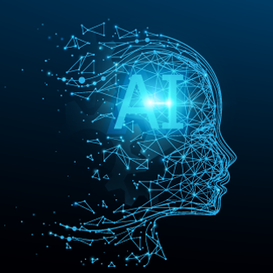IoT: where do we stand?
By ITEA Vice-chairman Jean-François LavignonI encourage you to read the I2PANEMA State-of-the-Art (SotA) to discover the current status of many technologies used by IoT devices.
IoT is a very important and active piece of technology that has the potential to positively impact business, economy and society. We see applications in different domains such as industry automation, improved healthcare, more efficient working environments and smart homes. IoT is a pervasive technology that has great potential if we can handle challenges such as easy integration of new devices, IoT safety and security, efficient software for resource-limited devices, maintenance and continuous upgrade, and cost-effective production and management.
To tackle these challenges and to develop a healthy IoT ecosystem, you need to promote some shared visions on how the IoT devices will be integrated and will interact with the IT infrastructures. Currently, there are two main types of IoT reference architectures: generic ones and industrial ones (IIoT). In the port sector, which is the focus of the ITEA project I2PANEMA, the industrial reference architectures are more relevant but in their SotA you will find the complete picture.
This SotA covers many important topics such as:
- IoT Reference architectures
- International Data Spaces
- IoT Cloud provider platforms
- IoT Communication
- IoT Interoperability
- IoT Data management
- IoT Operational workflow
- IoT Visualisation
- IoT Security & Privacy
It contains among others:
- A discussion about some of the proposed reference architectures.
- A comparison of IoT Application Layer Protocols.
- Information on Sematic Sensor Network Ontology.
- The status of ongoing IoT projects.
- A comparison of tools to handle IoT application workflow.
- Guidelines for designing a secure IoT solution.
By reading this very high-quality SotA you will learn a lot about all the technologies needed to develop IoT applications. You will understand the options for integrating the IoT devices in a global IT infrastructure. Furthermore, you will see the current solutions provided by big cloud companies (Amazon, Microsoft, IBM, Google, Oracle) and how the complete software stack can be organised. The document also provides some insights on how to integrate the data provided by the sensors in a common platform and on the current solutions to build visualisation tools. The crucial topic of IoT safety and security is presented with some guidelines for designing a secure IoT solution.
If you are interested in IoT, you can also look at the new SotA produced by the ITEA COMPACT project. It will help you to understand novel solutions on software generation for IoT devices with ultra-small memory footprints and ultra-low power consumption. You will learn how model-driven design approaches can help you to generate very efficient and optimised codes for devices with limited resources.
Have a good read of these SotAs and exploit them well to push new innovation involving the use of IoT devices.

Other articles
Use the arrows to view more articles

Editorial
By Zeynep Sarılar
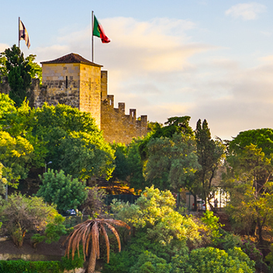
Country Focus: Portugal
ANI – a new generation framework to drive Portugal into the future
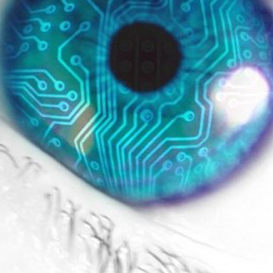
EVOLEO Technologies
Daring to dream
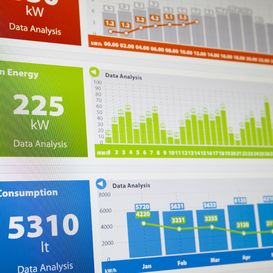
ITEA Success story: FUSE-IT
Enhanced connectivity and security for building management at lower costs

Viewpoint on mentorship
Mentoring is...
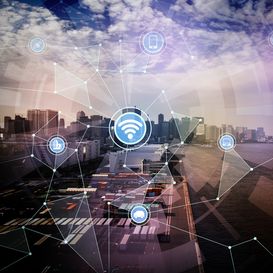
SotA highlight
IoT: where do we stand?

Community Talk with Raúl Santos de la Cámara
The rewards of being part of a strong Community
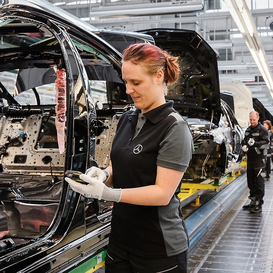
End user happiness: MOSIM
Digital human simulation helps manufacturers improve productivity and safety
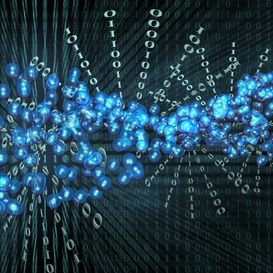
ITEA Success story: 3DPathology
A digital pathology solution for more effective and efficient treatments
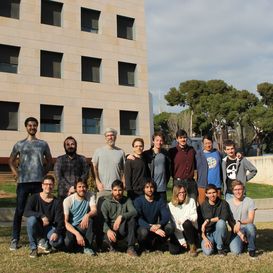
SME in the spotlight: Clevernet
The intelligent way to transfer data

AI Call 2020 ITEA projects
Diverse and promising innovations improving AI

ITEA Cyber Security Day 2021
Understanding and solving cyber security challenges together


